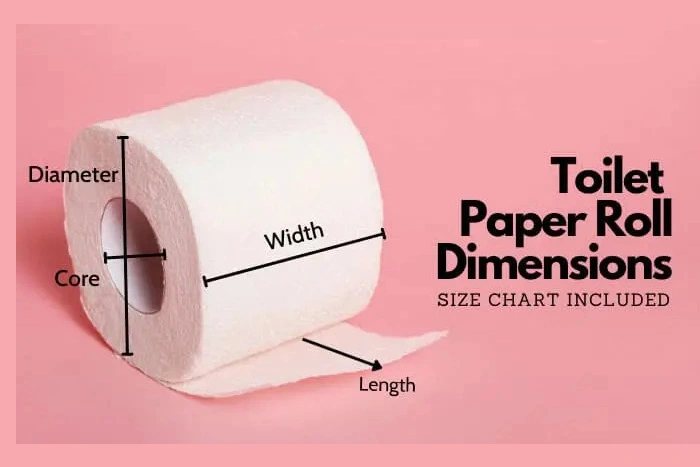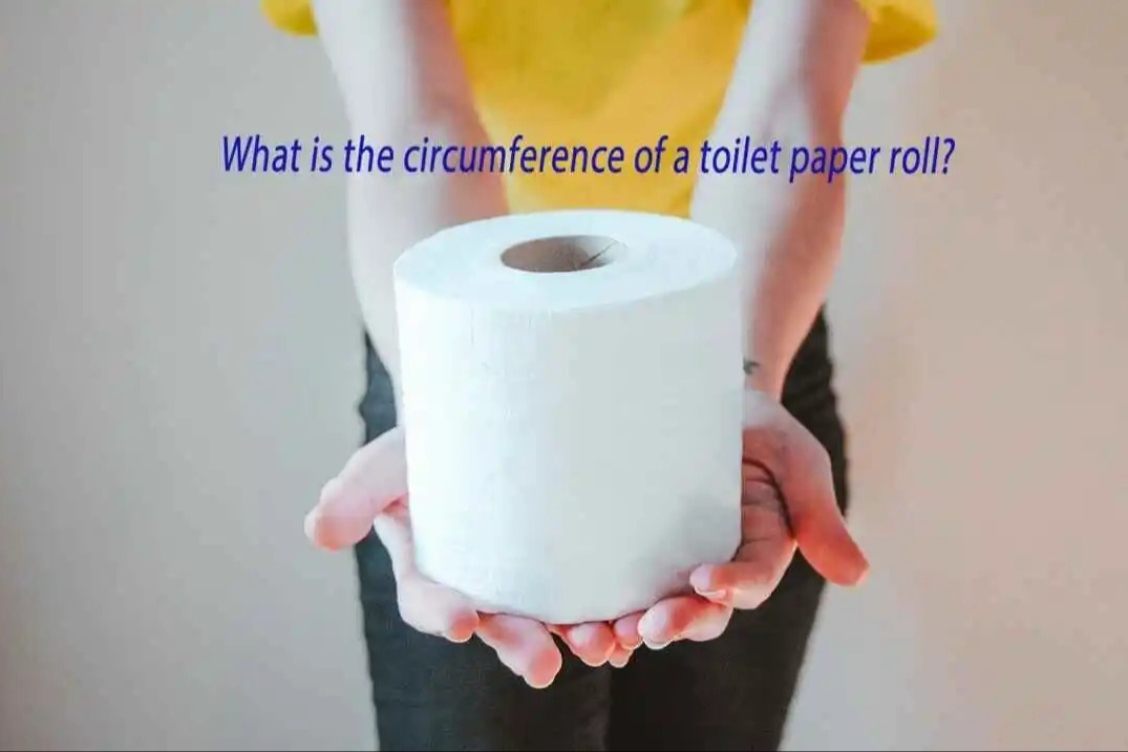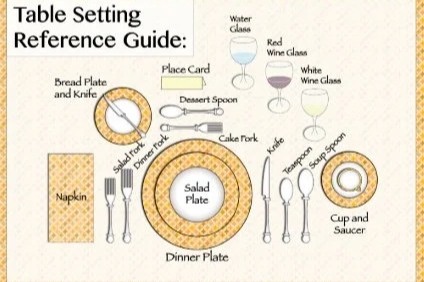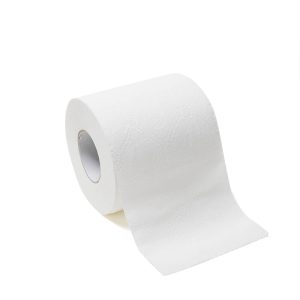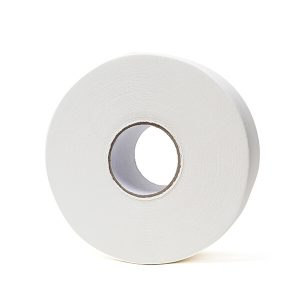BULK TOILET PAPER
Trending Topics
What are toilet paper roll dimensions
by Jane | May 2, 2024 | Toilet Paper
What is the Circumference of a Toilet Paper Roll?
by Jane | Jul 25, 2024 | Toilet Paper
Do napkins go on the left or right?
by Jane | Jun 10, 2024| Toilet Paper
Unveiling the Secrets of Paper Towel Absorbency
by Jane | Jul 9, 2024| Toilet Paper
Get Your Quote Now!
The Different Types of Toilet Paper
When it comes to choosing the right toilet paper, understanding the various categories and classifications can make a significant difference in terms of comfort, hygiene, and environmental impact.
Toilet paper can be categorized based on different dimensions such as raw materials, color, ply count, size, core type, and whether it is perforated or not. Here’s an in-depth look at each classification to help you make an informed decision.
Classification by Raw Materials
1.Wood Pulp Toilet Paper:
-
- Description: This type of toilet paper is made from virgin wood pulp. It is known for its softness, strength, and high absorbency.
- Benefits: High-quality texture, durable, and gentle on the skin.
- Environmental Impact: Usually involves deforestation, but some manufacturers source their wood pulp from sustainably managed forests.
2.Recycled Toilet Paper:
-
- Description: Made from recycled paper materials, this type of toilet paper is an eco-friendly choice.
- Benefits: Environmentally sustainable, reduces waste, and often less expensive.
- Environmental Impact: Helps in conserving resources and reducing landfill waste, though it may be less soft and strong compared to virgin wood pulp options.
3.Bamboo Pulp Toilet Paper:
-
- Description: Bamboo toilet paper is crafted from bamboo pulp, which is a fast-growing and renewable resource.
- Benefits: Naturally antibacterial, biodegradable, and sustainable.
- Environmental Impact: Highly sustainable due to bamboo’s rapid growth rate and minimal need for pesticides.
Classification by Color
1.White Toilet Paper:
-
- Description: The most common type, bleached to a white color. Our products are made from materials that meet national standards, ensuring the health and safety of our users.
- Benefits: Perceived as cleaner and more hygienic, commonly used in households.
- Environmental Impact: The bleaching process can involve chemicals that might be harmful to the environment.
2.Unbleached (Natural) Toilet Paper:
-
- Description: Also known as brown or natural toilet paper, it is not bleached and retains its natural color.
- Benefits: No chemical bleaching, more environmentally friendly.
- Environmental Impact: Lower chemical usage, less environmental impact.
3.Dyed Toilet Paper:
-
- Description: Available in various colors, often used for decorative purposes.
- Benefits: Can add a touch of color to the bathroom.
- Environmental Impact: The dyes used can sometimes be harmful to the environment and may cause skin irritation.
Classification by Ply Count
1.1-Ply Toilet Paper:
-
- Description: Composed of a single layer of paper.
- Benefits: Economical, less prone to clogging pipes.
- Environmental Impact: Uses less material, but may require more sheets per use.
2.2-Ply Toilet Paper:
-
- Description: Made of two layers of paper, offering better absorbency and strength.
- Benefits: Balance of comfort and cost, widely used in homes and businesses.
- Environmental Impact: Moderate material usage, generally a good balance between durability and environmental impact.
3.3-Ply Toilet Paper(three ply toilet paper/triple ply toilet paper):
-
- Description: Composed of three layers, providing extra thickness and softness.
- Benefits: Very soft and strong, luxurious feel.
- Environmental Impact: Higher material usage, more waste generated.
4.4-Ply Toilet Paper:
-
- Description: The thickest option with four layers of paper.
- Benefits: Ultimate comfort and strength, less need to use multiple sheets.
- Environmental Impact: Highest material usage, significant environmental impact if not sourced sustainably.
Classification by Size
1.Standard Roll Toilet Paper:
-
- Description: The most common size, suitable for regular home use.
- Benefits: Fits standard toilet paper holders, easily available.
- Environmental Impact: Average usage per household, moderate impact depending on the ply and material.
2.Jumbo Roll Toilet Paper:
-
- Description: Larger rolls, often used in commercial settings.
- Benefits: Less frequent replacement, cost-effective for high-traffic areas.
- Environmental Impact: Reduces packaging waste, but the impact depends on the material and ply.
Classification by Core Type
1.Core (With Tube) Toilet Paper:
-
- Description: Traditional toilet paper with a cardboard tube in the center.
- Benefits: Easy to mount on standard holders, familiar to most users.
- Environmental Impact: The cardboard tube adds to waste, but can be recycled.
2.Coreless Toilet Paper:
-
- Description: Toilet paper without a central tube.
- Benefits: Less waste, more paper per roll.
- Environmental Impact: Reduces cardboard waste, more environmentally friendly.
3.Center-Pull Toilet Paper:
-
- Description: Using an easily breakable core, users can effortlessly pull the paper out from the center for convenient use. Designed for center-pull dispensers, often used in commercial restrooms.
- Benefits: Easy to use, reduces cross-contamination.Users can extract toilet paper without touching unused portions, reducing bacteria transmission. This method is ideal for public restrooms, and during the pandemic, many have adopted center-pull toilet paper to improve hygiene.
- Environmental Impact: Depends on the material, but generally reduces waste by eliminating the need for multiple rolls.
Classification by Perforation
1.Perforated Toilet Paper:
-
- Description: Comes with pre-cut sections for easy tearing.
- Benefits: Convenient, ensures uniform use.
- Environmental Impact: Standard option, impact depends on material and ply.
2.Non-Perforated Toilet Paper:
-
- Description: Does not have pre-cut sections, allowing users to tear as needed.
- Benefits: Can be more economical, less waste from unused sections.
- Environmental Impact: Similar to perforated paper, with potential for reduced waste if used judiciously.
Custom Bulk Toilet Paper Manufacturing for Businesses
At Shenzhen Anmay Paper Manufacturer Co., Ltd., we specialize in OEM production of bulk toilet paper for businesses, including cleaning companies, supermarkets with private labels, and wholesalers or traders looking for their own branded products. We are not a retail supplier, and we do not carry ready-made stock. Instead, all of our bulk toilet paper is custom-made to meet the exact specifications of our B2B clients.
Why Choose Custom Bulk Toilet Paper?
When you partner with us, you gain access to a fully customizable bulk toilet paper solution tailored to your brand’s requirements. Whether you need 1000 sheet toilet paper bulk, bamboo toilet paper bulk, or single ply toilet paper bulk, we can produce a variety of products designed to fit your specific needs. Our range of custom options includes:
- Bulk individually wrapped toilet paper for added hygiene and convenience
- Toilet paper 2 ply bulk and 3 ply bulk for different levels of comfort
- Eco-friendly toilet paper bulk and recycled toilet paper bulk for sustainable, eco-conscious brands
All of our products are manufactured under strict quality controls, ensuring that you receive top-tier bulk toilet paper for your business.
Tailored Solutions for B2B Clients
As a dedicated B2B manufacturer, we provide bulk toilet paper solutions for companies that require customized packaging, specifications, and branding. We offer complete flexibility, from custom toilet paper bulk orders to large-volume runs like bulk toilet paper 96 rolls. Our focus is on building long-term partnerships with businesses that need reliable bulk toilet paper suppliers for their private labels.
Our bulk toilet paper is ideal for:
- Cleaning companies needing custom-labeled toilet tissue for clients
- Supermarkets and retailers looking to expand their own branded paper products
- Wholesalers and traders seeking large-scale orders of commercial toilet paper bulk
Custom Bulk Toilet Paper Delivered to You
We streamline the process of custom manufacturing, ensuring that your bulk toilet paper is produced and delivered according to your timelines and specifications. Whether you’re ordering bulk bamboo toilet paper, individually wrapped toilet paper bulk, or recycled toilet paper bulk buy, our team ensures seamless communication and reliable delivery.
Place your bulk toilet paper order today and take advantage of our flexible OEM services, including options to buy bulk toilet paper online or work directly with us to design a completely bespoke solution for your brand. Let us handle the manufacturing so you can focus on growing your business.
Get Free Quote Now!
-
- Not sure about the details? Share your ideas, and we’ll recommend tailored options from our catalog.
-
We offer free samples; you only need to cover shipping. Custom samples may incur a fee based on your requirements.

